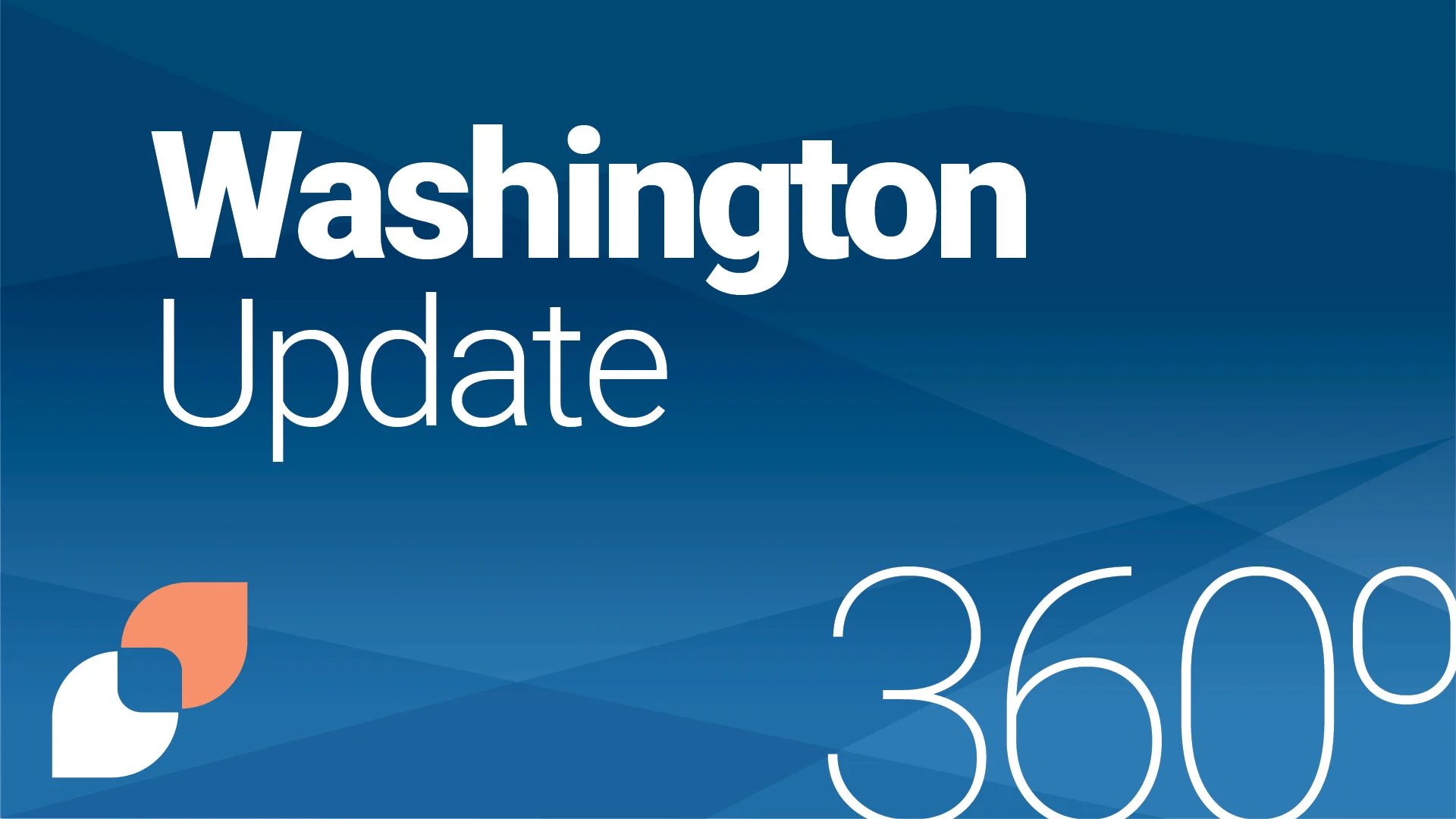By a vote of 6-3, the Supreme Court overruled their landmark 1984 decision in Chevron v. Natural Resources Defense Council, which gave rise to the doctrine known as the Chevron deference. Under that doctrine, if Congress had not directly addressed a particular issue, a court was required to uphold the agency’s interpretation of the statute as long as it was reasonable.
However, it did leave some room for deference. Courts may put weight on an agency’s expertise on an issue, especially if the interpretation they have is longstanding and consistent. The Court also ruled that the decision was not an invitation to revisit closed cases. Read more here and here.
So what?
By overruling the Chevron deference, the Supreme Court has sharply cut back the power federal agencies have to interpret the laws they administer. Not every ruling will be challenged, especially because the scope of Chevron has been limited over the years, but it will likely drastically limit the power of CMS and HHS. We expect more cautious and slower rulemaking.
In the short-term, the decision will likely affect Medicare drug price negotiations (under the Inflation Reduction Act), minimum staffing standards in long-term care, and EMTALA mandates to provide abortion services in states that ban the procedure. Congress may also become more involved with drafting regulations, likely aiming to be more precise in interpretation.
